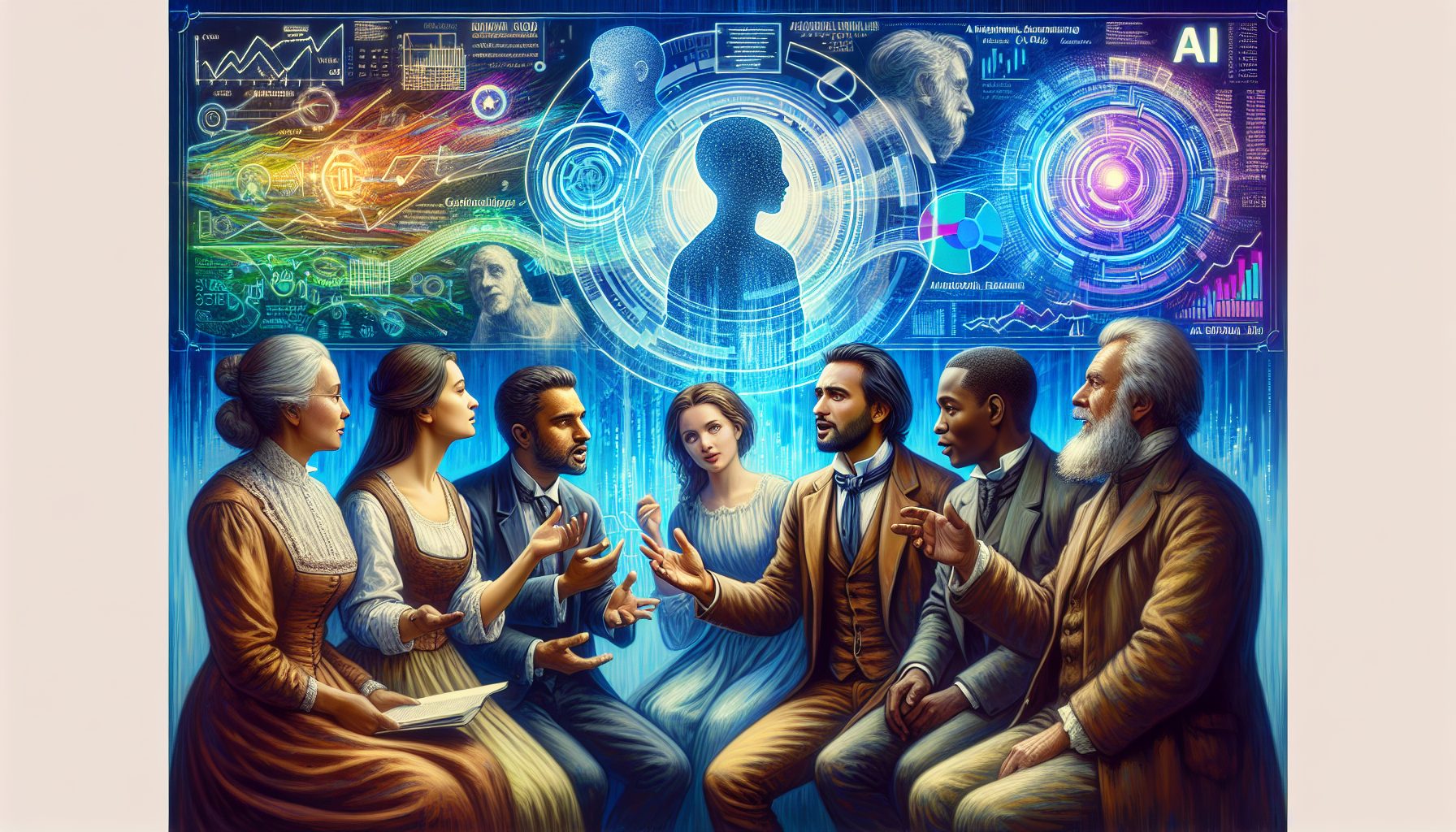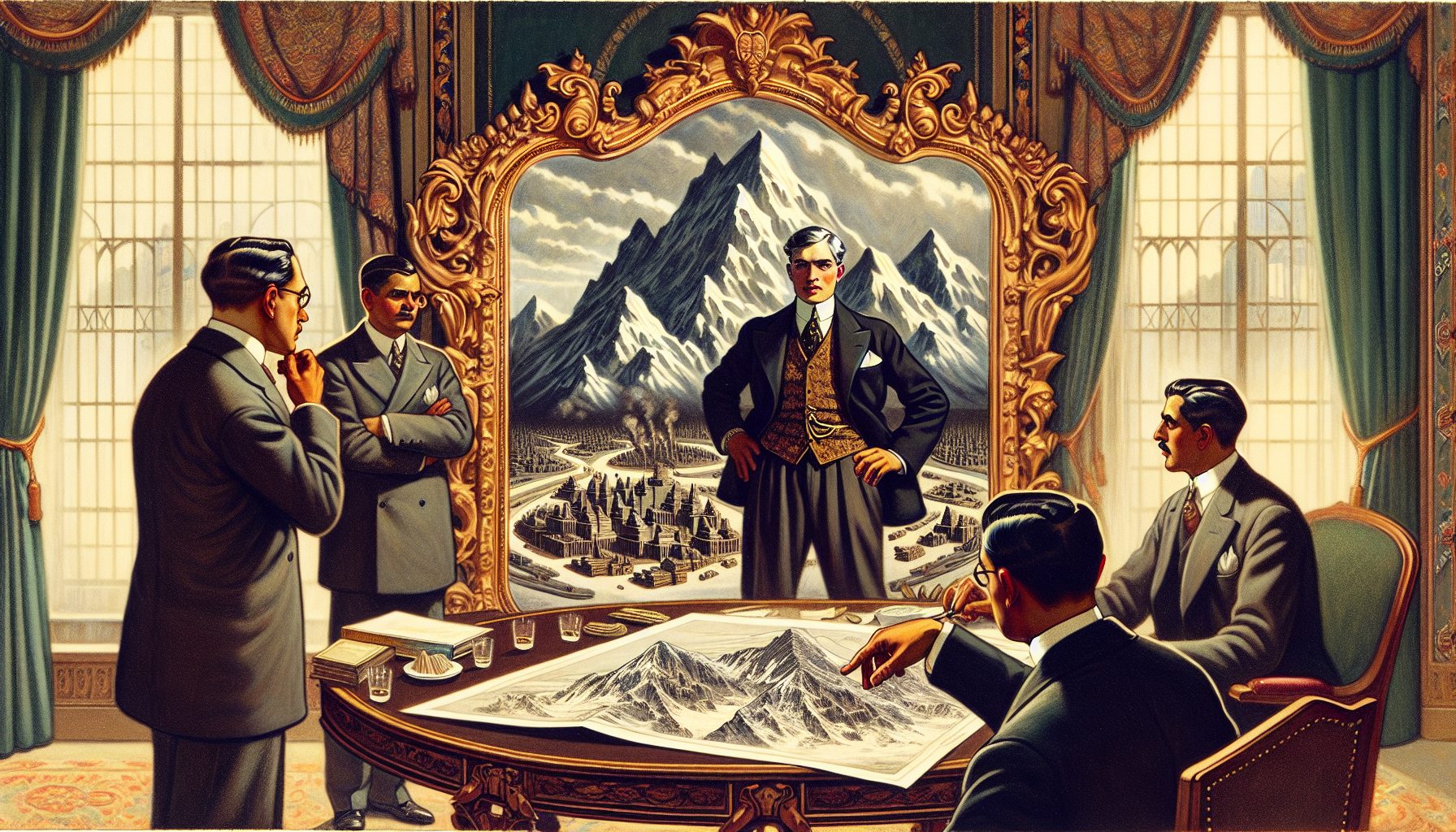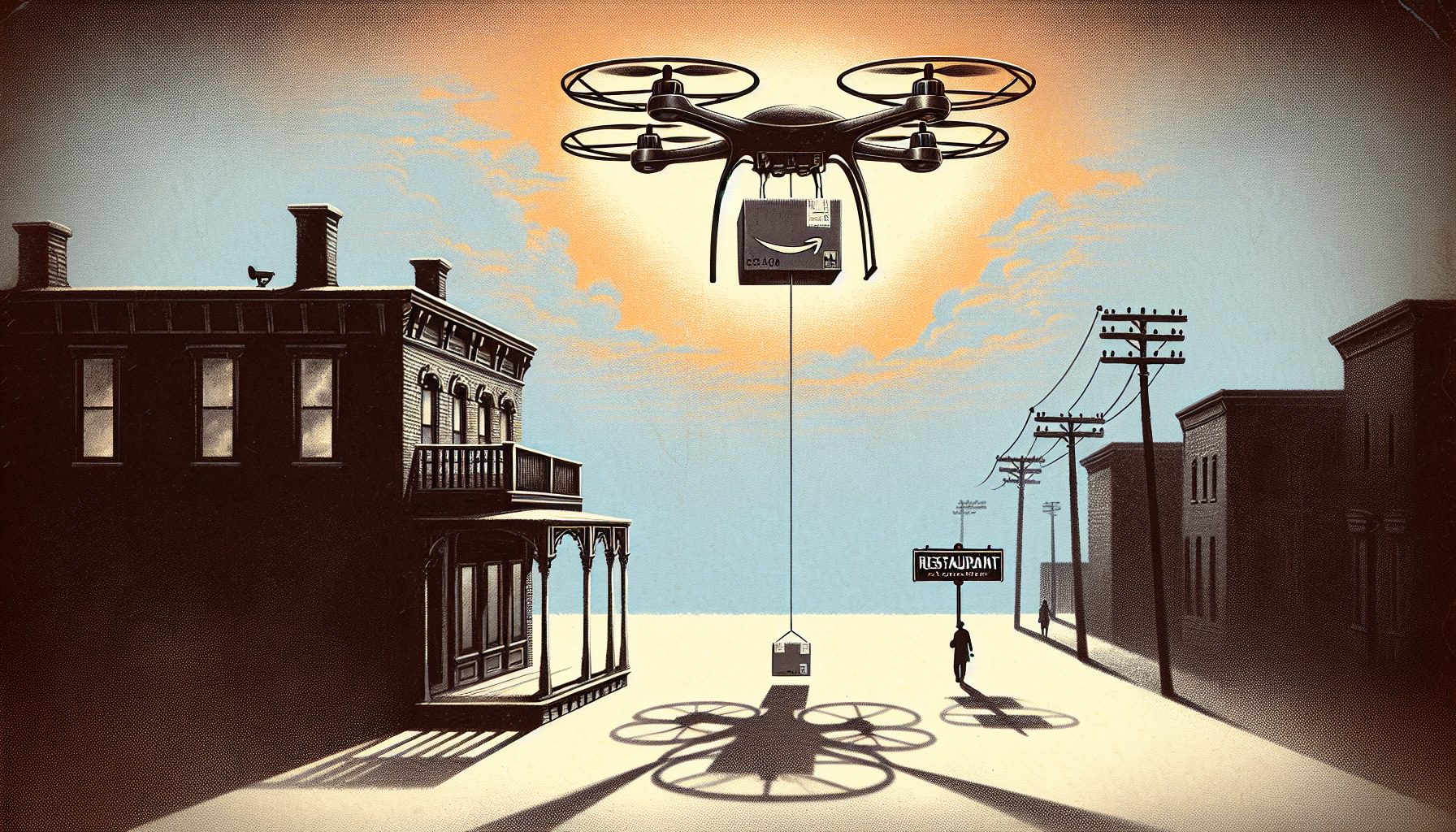Although RJ Reynold’s program management office was following a strict methodology based on the Project Management Body of Knowledge to initiate, plan and execute projects, the tobacco company was less organized when it came to actually using software to track that work. In fact, RJR’s PMO was using an assortment of systems, including a mainframe legacy application to record time and Microsoft Project or Microsoft Excel to keep schedules.
In 2004, the company decided to replace its hodgepodge of project tools and begin searching for enterprise project management software to more efficiently monitor hundreds of projects spread over 400 information technology employees. It selected Planview Enterprise from Planview of Austin, Texas.
In a recent interview, Phyllis Culbertson, director of RJ Reynolds’ program management office, explained what her requirements were, and the benefits the company has derived by standardizing on a single project management software package.
What was the problem with your old setup for project management?
When asked by a steering committee or project sponsor to provide a budget or cost update on a given project, it could take as much as a day or two to get that information pulled together because you had several legacy applications-invoices paid, funding request forms, spreadsheets. Now it’s in one place, and you get can the answer in 30 minutes or less. You can look, real-time, at how your project is tracking.We also did not have any historical aggregate data relevant to how we were performing as a department, for example, on our portfolio of strategic projects.
What types of projects might you be working on in a given year?
Most of the projects are as a result of requests from outside departments. I.T. is a service organization, and other departments within the business such as HR [human resources], finance or marketing would place service requests. A lot of projects come as business needs arise; other projects are internal I.T. projects necessary to achieve our own I.T. goals, such as an infrastructure-related project or hardware upgrade.
How many projects do you have going at any given time?
Between 300 and 400.
In addition to Planview, what other options did you look at?
We looked at number of different vendors-I’d rather not give you their names. But we narrowed it down to three, including Planview. They were all close in the kinds of things they offered.
Why was Planview chosen?
Qualitative measures, customer references, demos. We had a qualitative evaluation matrix with our requirements ranked and weighted-a scoring system based on our specific needs for a tool. The other vendors’ systems were fine. But for our specific needs, Planview showed some superiority in areas of request management, time tracking, training, e-learning, and content management.
Could you elaborate on some of the features?
Request management enabled us to eliminate manual forms used by our business clients to enter requests for I.T. Those requests can be entered into the request lifecycle in Planview, and be assigned by resource managers and then become projects. It really facilitates our project selection and prioritization.
Do workers have to enter in their time to the project management system?
Employees are resources in Planview and are assigned to projects. If a resource is assigned to a project, his or her name is associated with a given task on the project itself-on the schedule, or the project plan. That task is made available to the resource, when it comes time for a resource to enter his time. For other activities that are not assigned or allocated, those are options for the resource to choose-in general buckets of time, such as support or admin. Everyone is authorized to enter time against those activities.
What kind of reports can you prepare using the project management software?
We do some rigorous analysis on a quarterly basis. As an example, we can show in a pie chart how I.T., as a department, spends its time-say, 45% on operational activities. So we can show our leadership, from the first quarter to the third quarter, that we went from 6% on our strategic projects to 15% on our strategic projects. That would be an example of a favorable trend.
Did that actually occur?
Yes.
Could you give an example of a strategic project?
They are projects that are deemed necessary to meet our overall corporate goals for the year-such as the I.T. part of a larger project for brand marketing.
What applications did you integrate with the Planview system?
We needed an interface to receive data from our general ledger system-for any costs booked to the project account, any invoices paid to any vendors and any hardware procured, so we can get actual costs inbound into the Planview tool.
And we have outbound interfaces. One sends labor costs from Planview to the general ledger. That is taken from the time-tracking component of Planview, and converted to cost and then booked to the ledger for that project. Another interface goes [from Planview] to our capital budgeting system, for actual project costs-including the latest estimate for our current year and the latest estimate for our five-year operating plan.
The five-year plan includes projects that are not active, but are planned.
What was required to build the interfaces?
We did a detailed design, and research on the existing systems-their structures and requirements. We used a tool called Informatica, which is an ETL (Extract, Translate, Load) tool, to exchange the data and keep audit trails of the information. It took three FTEs (full-time equivalents) around three months. We had one full-time contractor and a few internal resources.
Did you realize any quantifiable benefits from this deployment?
Mostly productivity and cost avoidance. I don’t have a dollar figure for you.








